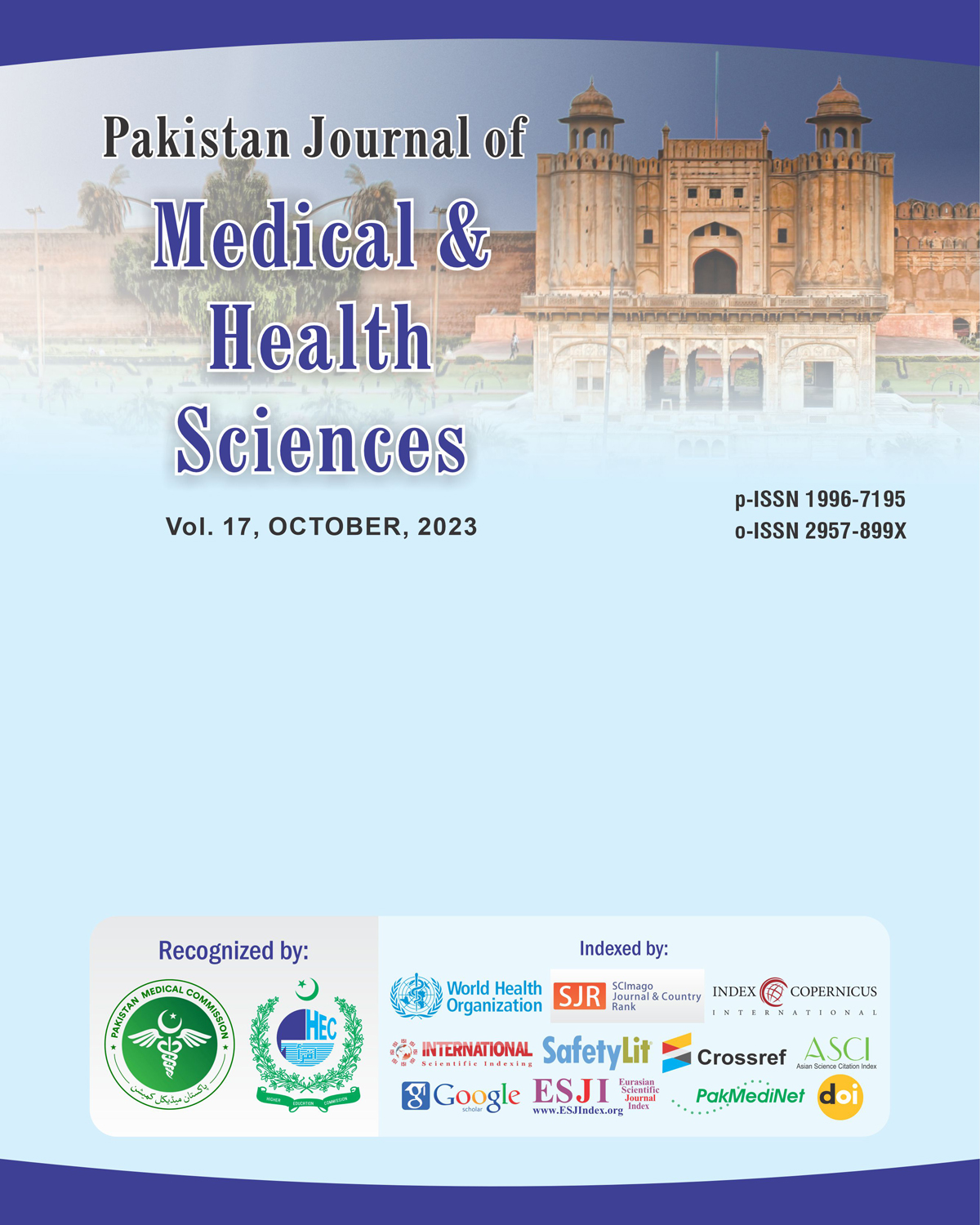A Comparative Histopathological Evaluation of Simple Versus Complex Fibroadenomas: Implications for Breast Cancer Risk Stratification
DOI:
https://doi.org/10.53350/pjmhs2023171092Abstract
Background: Fibroadenomas represent the most common benign breast lesions, yet their histopathological diversity—particularly between simple (SFAs) and complex fibroadenomas (CFAs)—may influence subsequent breast cancer risk. While CFAs exhibit proliferative and architectural complexities, their precise association with malignancy remains to be fully elucidated.
Objectives: To compare the histopathological features of SFAs and CFAs and determine their respective associations with breast cancer risk.
Methodology: In this retrospective comparative study, 200 patients were selected, with 100 cases each of SFAs and CFAs. Clinical parameters, including age, presenting symptoms, tumor size, and family history of breast cancer, were documented. Histopathological analysis was conducted on H&E-stained slides to evaluate proliferative changes, complex features (sclerosing adenosis, apocrine metaplasia, calcifications), and stromal alterations, following standardized diagnostic criteria. Statistical analyses employed Chi-square tests for categorical variables, t-tests for continuous variables, and Kaplan-Meier survival analysis to assess time to malignancy, with significance set at p < 0.05.
Results: Patients with CFAs were significantly older (mean 47 years) compared to those with SFAs (mean 29 years, p < 0.05) and had smaller tumor sizes (mean 1.3 cm vs 2.5 cm, p < 0.05). Histopathologically, CFAs demonstrated a markedly higher incidence of sclerosing adenosis (56% vs 12%, p < 0.001), apocrine metaplasia (22% vs 8%, p = 0.02), and calcifications (18% vs 5%, p = 0.04). CFAs conferred a 2.27-fold increased risk of malignancy (95% CI: 1.84–2.68), with Kaplan-Meier analysis revealing a significantly shorter time to malignancy diagnosis (p < 0.0001).
Conclusion: CFAs exhibit distinct histopathological features and a significantly higher breast cancer risk compared to SFAs. These findings emphasize the need for rigorous histopathological evaluation and tailored clinical surveillance of complex fibroadenomas. Future investigations should integrate molecular markers to further refine risk stratification and optimize patient management.
Keywords: fibro adenomas, Sclerosing adenosis, calcifications, malignancy, histopathological, stratification.
Downloads
How to Cite
Issue
Section
License
Copyright (c) 2023 Faisal Latif, Salma Kadir, Shameem Bhatti, Ikram Ul Haq, Muhammad Bilal, Sadia Rashid

This work is licensed under a Creative Commons Attribution 4.0 International License.


